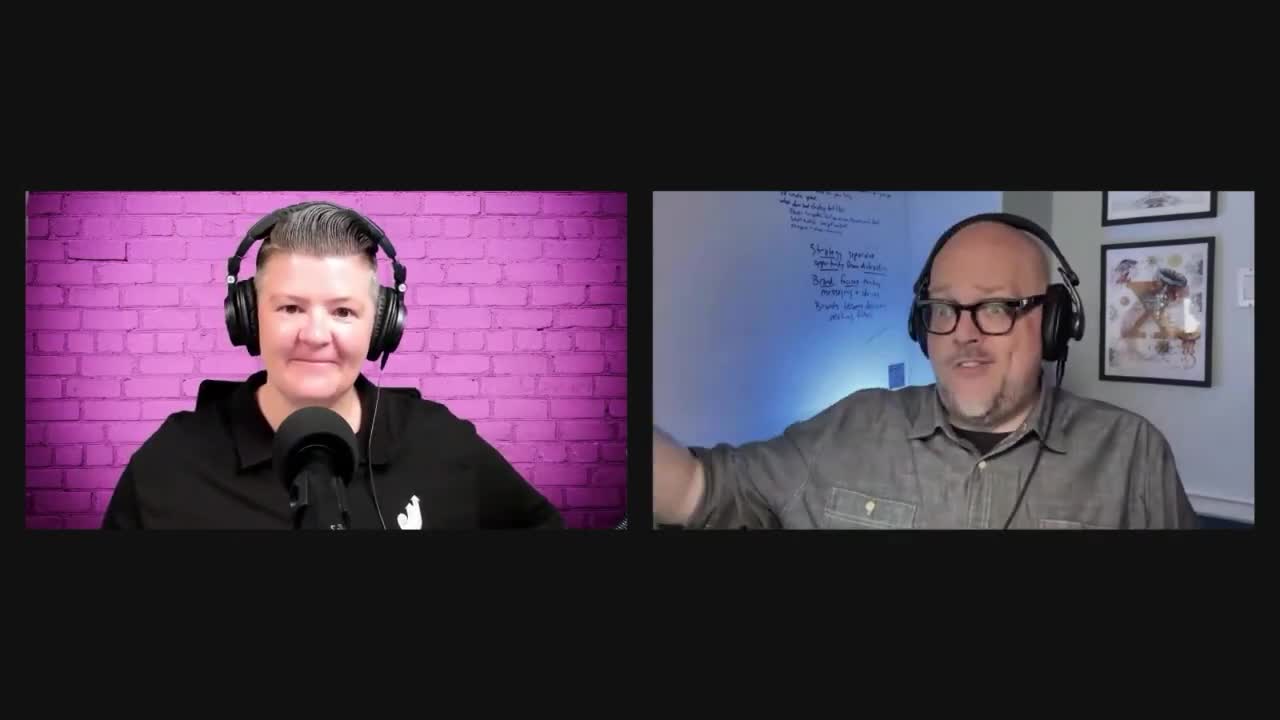LinkedIn Marketing
How do I create effective LinkedIn videos without complicated equipment or skills?
Creating effective LinkedIn videos is simpler than you might think. You don't need fancy equipment or editing skills - just use your existing content, grab your phone, and find soft lighting (early morning or dusk works best). Record yourself, then post to LinkedIn with an attention-grabbing first line like "How I got past [problem]." Timing is crucial for maximum impact. The first 20 minutes after posting significantly affects your video's success, so be strategic about when you upload. This straightforward approach allows you to repurpose content you've already created while ensuring your expertise reaches a broader audience on LinkedIn.
Watch clip answer (00:40m)What is the most important first step for effective LinkedIn recruiting?
Completing your own LinkedIn profile is the essential first step for effective recruiting. Sue Elson emphasizes that many recruiters focus on viewing other people's profiles while neglecting their own. She stresses the importance of filling in all profile sections and adding your phone number for account security purposes. Without a complete profile, recruiters not only miss opportunities to showcase their expertise but may also risk losing access to their accounts if they forget login credentials.
Watch clip answer (06:43m)How does a quiz strategy help convert LinkedIn profile visitors into qualified leads?
A quiz on a LinkedIn profile serves as a genius qualification method because visitors take active steps to engage, effectively qualifying themselves for services. When profile visitors complete the quiz, they receive a personalized connection message, creating a direct line of communication. This approach has proven remarkably effective, with around 95% conversion rate on outreach messages following quiz completion. The strategy continues to deliver results beyond initial connection, with a high success rate of converting these qualified leads into sales calls, creating a streamlined pathway from profile visitor to potential client.
Watch clip answer (00:21m)Who owns employer branding in a company?
There's no definitive owner of employer branding within a company - it's shaped by everything the organization does. While some come from marketing backgrounds and others from recruiting, the ideal approach is placing them where they can build relationships across departments. Employer branding needs to speak about and for every part of the company, yet the employer brander has zero direct power, only influence. Their effectiveness comes through building relationships with teams throughout the organization, allowing them to connect various company activities to a cohesive employer brand story.
Watch clip answer (07:12m)How do you ensure that your advocates have a consistent stream of content to share?
NielsenIQ ensures a consistent content stream through a collaborative approach. They provide in-house training developed with their learning team and LinkedIn learning pathways to help employees build their personal brands. Content is sourced through collaboration with various marketing teams who contribute to a centralized feed, tagged by topic. Anna manages the infrastructure while handpicking important global campaigns for wider distribution. Advocates can personalize content with their own voice and personality, which helps them grow their audience while promoting company material. This tiered advocacy system balances corporate messaging with authentic personal branding.
Watch clip answer (03:39m)What is the key to authentic employer branding on LinkedIn?
The key to authentic employer branding is having the courage to stand out and be different rather than blending in with everyone else. James Ellis emphasizes that companies must know what they stand for, what they care about, and how they're different, instead of creating generic content that he calls 'employer blanding.' Successful employer branding isn't about pretty pictures and polished content but about showing what really happens behind the scenes. As Michelle confirms, people want to see authentic content that they can't find on websites or typical social posts. Being willing to show the real aspects of company culture creates genuine differentiation and connection with potential employees.
Watch clip answer (03:00m)




